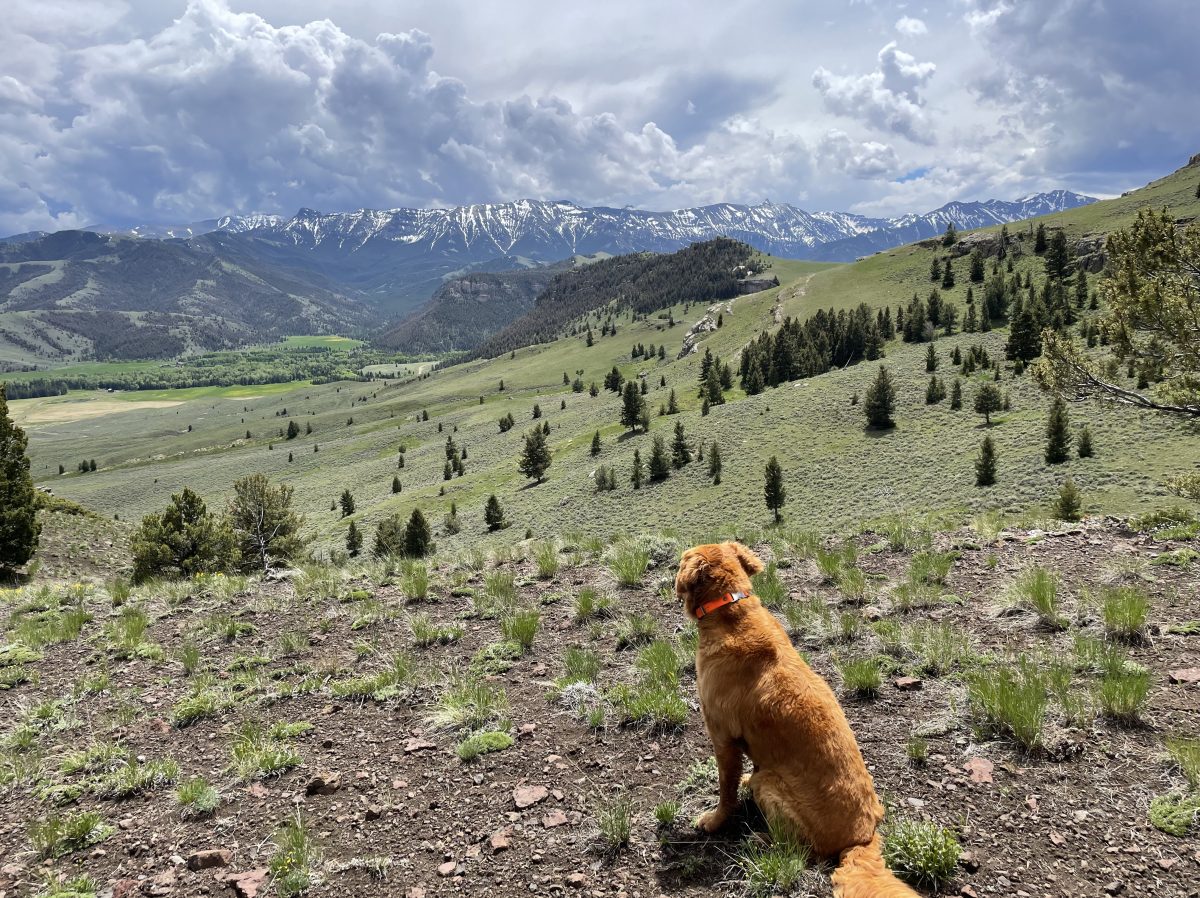I’ve been lax in writing, between the holidays and just returning from New York City. Now I’m focused on getting back home to Wyoming, but first I have to install three jobs and the weather here isn’t cooperating. I’m itching to get home, but storm after storm is dumping on Northern California, and the ground’s too wet to plant.
I have been shocked at the pervasiveness of invasive broom species in the hills of Marin County where I’m staying.

Marin County is unique in ratio of open space. Since it gets 75% of its water directly from rainfall within the county, the watershed is protected, and Mt. Tamalpais contains 100’s of hiking trails.

I’m staying in an area not far from the main reservoirs. Koda and I take walks there daily, and in huge tracts of the hills, french broom has completely taken over. In fact, I can safely say that the broom has become an understory monoculture, crowding out smaller delicates like our Coast Iris, Phacelias, Monkey Flowers, wildflowers, and ferns.

I’ve hiked and encountered signage saying ‘This is a test area’ to see what works better on the broom–propane torching or vinegar applications. In the past, volunteer work crews have gone out and using a special tool, pulled up the broom. We’ve been doing this for years and years in Marin. But the situation seems out of control to me now. Marin would have to have a work crew of every man, woman, and child living here for a full weekend and that might not even do the job.
Like the problems with Sudden Oak Death, I have to wonder if our fire suppression policies over the last many years have exacerbated these problems with invasives. Burning with reburns two to four years later for the sprouts have met with some success. But given the density of housing in the hillsides, the long term drought, and the dangers of ‘controlled burns’ getting out of hand, fire control probably won’t happen. And that is too bad, because, once again I’ll say it, the West is adapted to fire.
As a testimony to the wonderful adaptations of California plants to fire, look at this Madrone. One way to simulate fire in native plants i.e. rejuvenate them if they are in your yard, is too cut them back severely. Here is a Madrone tree that was cut to a stump by the CCC during their clearing of this hillside Madrone forest.

You can do this with lots of natives. For example, one way to rejuvenate woody Baccharis pilularis is to cut it very severely, thereby simulating a fire. Native grasses enjoy this method as well.
I still feel that loss of natural, frequent, low fuel fires has compromised our landscapes. Pathogens build up in the soil; invasives take hold more easily; soil depletion occurs due to lack of nitrogen fixing plant material which is first to regenerate after a fire; understory growth has built up providing massive amounts of fuel for hotter, more deadly fires. Just compare the first photo of the monoculture of broom with the cleared Madrone forest photo. I can’t be sure but I am guessing that forest was manually cleared because it sits on a ridgeline dividing the watershed open space and a residential section in the canyon below. It probably serves as a firebreak.
Of course, all the open space can’t be hand cleared. With the massive build up of fuel in the form of invasive broom, as well as other types of chaparrel that hasn’t burned in years, Californians are preparing for some big fires ahead.


It’s always appalling to see how a plant that is completely harmless in it’s natural environment, can turn out to be a noxious weed in region where it doesn’t belong.
Here in Belgium, Broom (Cytisus scoparius) is far from noxious. It is considered a ‘pioneer’-plant, that is preparing the soil for other plants to come. It concentrates nitrogen in the small underground tubers, and in that way, it enriches the soil… and makes that soil hostile for the broom himself, as it prefers (it does here in Western- Europe at least) the poorer soils.
LikeLike
We pay — or I should say Nature pays — a heavy price for human mobility & commerce. Glad to see that more & more folks are valuing native diversity and taking steps to preserve it.
LikeLike